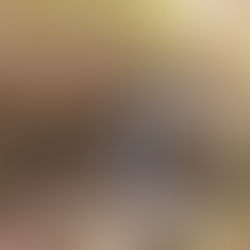Visiting the Temple Mountain Pictograph Panel
- Dan Wagner
- Apr 17
- 2 min read
Visiting the Temple Mountain Pictograph Panel in Utah offers a vivid glimpse into the deep history of the region. Nestled within the rugged landscape of the San Rafael Swell, this remarkable rock art site features striking pictographs created by early inhabitants during the Archaic Period (8000 to 2000 BC), as well as by the Fremont culture, who lived in the area from roughly 300 to 1300 AD. The panel showcases an array of stylized human figures, warriors, and abstract symbols painted in rich reds and earthy hues. Though time and modern vandalism have taken their toll, the images remain a powerful testament to the spiritual and cultural life of the people who once thrived in this desert expanse. The Temple Mountain Panel is a fantastic roadside stop when visiting Goblin Valley State Park, Hanksville, or Green River, and only requires a few feet of walking to enjoy.
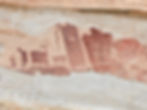
Visiting the Temple Mountain Pictograph Panel
I recently spent a couple of days back in the Muddy Creek Wilderness, soaking up the solitude with some day hikes and camping along Behind the Reef Road—one of my favorite spots for dispersed camping in the Swell. After hiking through Little Wild Horse and Bell Canyons in the afternoon, I decided to swing by a favorite roadside stop: the Temple Mountain Pictograph Panel. Since it’s right along the route to my campsite for the night, it made for a perfect detour before settling in and setting myself up for an early morning hike through Crack Canyon.
The signed parking area sits just off Temple Mountain Road, which also leads toward Goblin Valley State Park and other areas in the Swell branching off from UT-24.
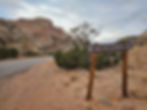
With parking for a few dozen vehicles, the lot rarely fills.
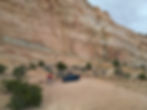
A split-rail fence keeps visitors about 100 feet back from the pictographs, but even from that distance, they’re easy to spot and admire.
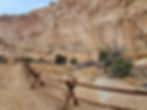
Stretching about 30 feet across, the panel features an array of figures—both human and animal—as well as handprints and abstract designs. Some of the most striking images include a towering human-like figure holding a snake, another figure that appears to be carrying a child (its small head peeking over the taller one’s back), and, off to the left, an eerie anthropomorphic head reminiscent of those seen in Sego Canyon.

The larger anthropomorphic depictions share a striking resemblance to the Barrier Canyon Style pictographs found in the Great Gallery of nearby Horseshoe Canyon, which always makes me wonder—could the same hands have created both? It’s probably unlikely, but it’s a fun idea to entertain.
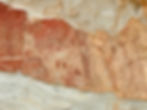
Further down the rock face, where a large section of sandstone has broken away, stands a Fremont-era depiction of a warrior next to another figure, now mostly erased by erosion. Sadly, the warrior image, like other sections of the panel, have been marred with bullet holes over the years.
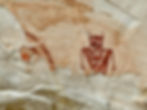
It’s always a quick stop—this time just 10 minutes or so—but even in that short visit, I’m reminded why I keep coming back. There’s a quiet power to the panel, and I always leave with questions. What else once adorned this wall? What stories have been lost to the elements? And most of all—what was the artist trying to say? Some answers, I'm certain, we’ll never truly know.
_edited.png)
















